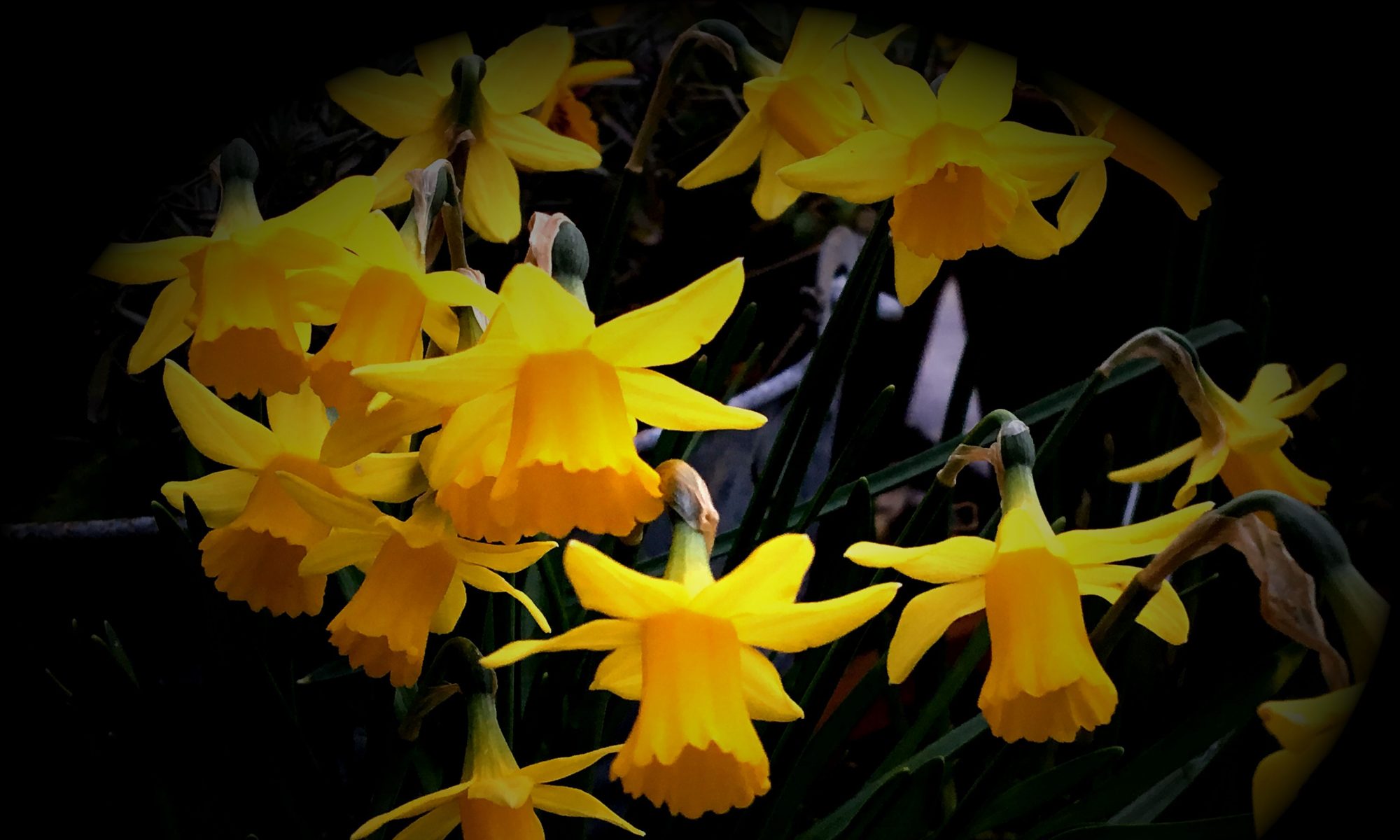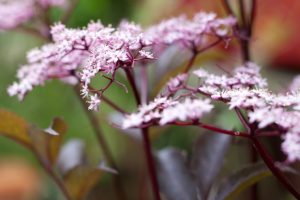The title of our November meeting was ‘Illegal immigrants – plants from abroad’ which was an interesting take on the fact that most of the wonderful plants that we populate our gardens with are, in fact not native. Most of them were, in truth not illegal immigrants but initially brought here by waves of invaders and settlers in an attempt to expand the choice of food to eat. Later arrivals came as a result of the great plant expeditions searching for ‘exotic’ plants for the great and good.
Our guide through a selection of the vast numbers of ‘non-native’ plants we often find was the very knowledgeable Francis Burroughs.
We discovered that the potato was first brought to England in 1586 and Sir Walter Raleigh planted them on his estate near Cork. Originally it was believed that the leaves could be added to salads and as a consequence Queen Elizabeth I became very ill. John Gerard, the famous herbalist writing in 1597 mentions growing the potato as a decorative plant. It took a while for it to become a staple food across the country as many farmers distrusted it, preferring the turnip. By the early 1800s it had become a staple food crop for the poorer farmers of Ireland but it took another 50 years for potatoes to become popular as street food with vendors selling hot potatoes across London. It wasn’t until around WW1 that the general public started to grow them in their gardens.
Many of our other favourite vegetables have a much older history and we have the Romans to thank for improving the taste of our food! They introduced herbs such as aniseed, fennel, lavender, origano, sage, coriander and thyme as well as basil and purslane from India, shallots from Palestine and cucumbers from Egypt. Pliny explains how to grow cucumbers in a cold climate using a basic cold frame! The Romans were also responsible for bringing us broccoli, asparagus, globe artichoke, radish and garlic.
Of course, there were some vegetables which are non-native but were in the country before the Roman’s arrived. The fava or field bean is originally from Egypt and was introduced to Britain by Neolithic farmers about 5000 years ago. There is evidence of the cultivation of beets from Southern Europe in the 4th century BC but originally as cattle fodder. Peas were an important crop from Asia that became a staple foodstuff from prehistoric times right up until the late Medieval period because peas can be dried and ground to make flour to add substance to pottage and to make pease pudding which went well with cured ham.
Some of the vegetables we grow in our gardens came later. Brussels sprouts have been imported from Europe since 1213, on the stalk as it was thought they were too tender to be grown in this country! They eventually took off in the 17th century. Parsley didn’t arrive until 1548 from Sardinia and rhubarb a bit later, in 1573 from Siberia. It was originally used for medicinal purposes and edible garden rhubarb was re-introduced into England from Italy around 1620. It wasn’t until the 1780’s that the chopped stalks began to be used as a substitute for gooseberries in pies.
Although the aubergine arrived in Northern Europe in the 16th century, it didn’t really become recognized as a plant that could be grown in this country until 1925.
The UK is world famous for its gardens, but they are full of plants from around the world. Roses were thought to have been brought by the Romans for their perfume, cooking and medicinal qualities. It was the French who began a breeding programme for the rose in the 18th and 19th century and we eagerly embraced many of these, e.g., Fantin de Latour, Felicité et Perpetue, Mme Alfred Carriére and Charles de Mills.
The Camellia arrived from East Asia in 1739, introduced to Thorndon Hall in Essex and it flowered the following year. To begin with camellias were kept as hot house plants because they looked so exotic. It was only when the heated glasshouses fell into disrepair during WW1 that they were discovered to be quite hardy. The 18th century brought us Fuchsias, Begonias, Dahlias and Wisteria amongst others. Botanists were amongst the crew included on the voyages of Captain Cook, to collect plants and seeds which might have any commercial value.
The Victorians were great plant collectors. Many of the flowers from South Africa now grace our gardens, such as Tagetes, Salvias, Agapanthus, Pelargoniums and Kniphofias. They also brought back other hugely decorative plants such as Japanese knotweed. We aren’t quite so enamored of that one! Apparently, it cost £70 million to deal with it before the Olympic village could be built in East Stratford.
In March 2023 £213.58 million of live trees and plants were imported into the UK. This was an all-time high (the average monthly amount from 2000 until 2023 was £85.38 million). Obviously with each imported plant comes the potential risk of introducing invasive pests and diseases. We import many bedding plants and perennials from the Netherlands which are grown hydroponically in huge greenhouses. It is a similar story for vegetables. England is self-sufficient in cabbages and root vegetables but almost everything else comes in from abroad, especially if it needs heat and copious water. Of all the vegetables eaten in the UK in 2022, 47% were imported.
It seems to me that the message should be to try and grow as much as we can ourselves, and if we have to buy in plants, buy UK homegrown plants, from reputable nurseries where possible.
There will be no Yarty Gardening Club meeting in January. So a Happy New Year to all gardeners.
Our new season begins at 7.30pm on Thursday February 15th 2024 at Buckland St Mary Village Hall.
Pauline Bartlett



